The Best Time to Visit Machu Picchu, Peru: Top Months and Time of Day

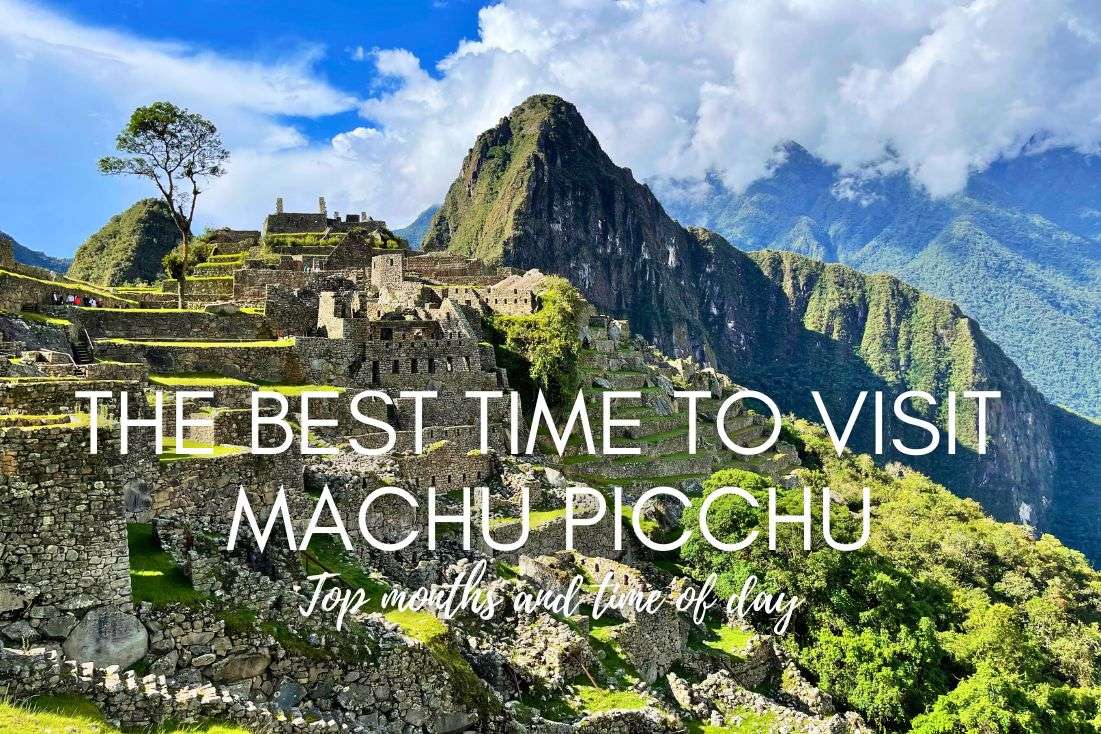
Even though Machu Picchu has distinct dry and wet seasons, expect rain year-round. Its location—right between the Amazon Rainforest and the Andes—makes this place special in more ways than one.
Machu Picchu can be a year-round destination if you aren’t afraid of a little rain. While temperatures don’t get extreme, rainfall is the real factor to consider when planning your trip. If you believe rain will ruin your holiday, visiting Machu Picchu during the wet season isn’t for you.
While it’s never too hot or too cold during the day, it will always be humid. And during the nights, it can get down to freezing in certain months. Precipitation comes in fast and hard, so even though the bouts of rain can be short, they’ll drench you down to your underpants in a matter of minutes if you aren’t wearing the right clothing.
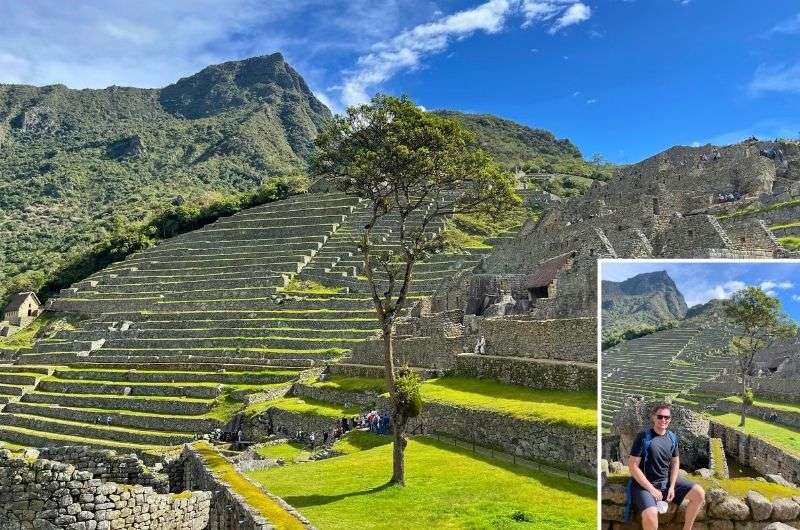
Choose a good time to visit this Peruvian treasure
And once you’re there, is it worth waking up in the middle of the night to catch sunrise? I voted no, but I’ll guide you through our thought process so you can make your own decision.
In this article, I’ll also cover the different seasons, weather patterns, crowds, and the best times of day to visit at Machu Picchu so you can plan for the optimal experience.

Key stats for the best time to plan your Machu Picchu trip:
- Best time to visit Machu Picchu: April or early October for pleasant weather and fewer crowds
- Wet season: November to March (rain possible daily, especially in the afternoon)
- Dry season: April to October (it rains on 3–5 days per month)
- Rainiest month: February (peak of the rainy season)
- Best time for clear skies: May to September (dry season)
- Busiest months: June through August (peak season, tickets sell out months in advance)
- Best time of day to visit: Afternoon after 2 pm (fewer crowds and beautiful light)
- Daytime temperatures: Around 20°C (68°F) year-round, with highs up to 26°C (79°F)
- Nighttime temperatures: Can drop to 0°C (32°F) during the dry season
- Rain gear: Essential year-round, especially during the wet season
Sometimes, all you need to do is take the first step... I've filtered out the best hotels in Machu Picchu for you
Save it for yourself to come back to later, or share with your friends on social media!
I've already planned your ititnerary for the trip, complete with my travel tips.
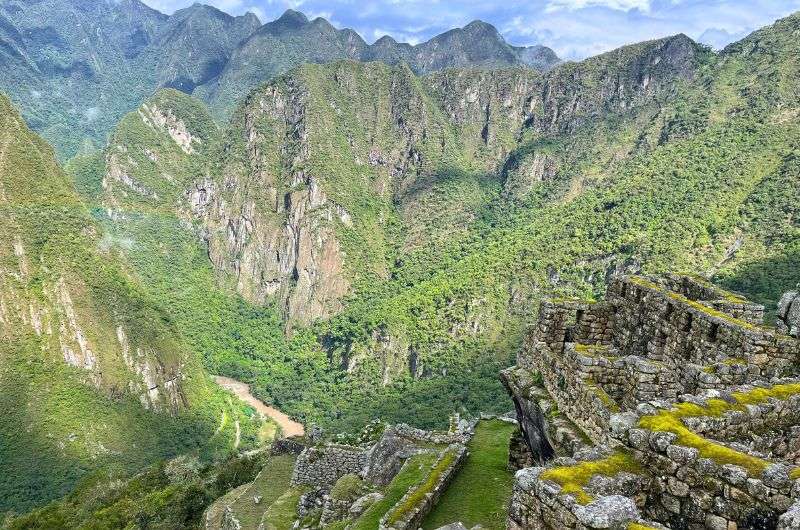
April or early October is the best time for Machu Picchu (so of course, I went in January!)
My top tips for visiting Machu Picchu:
- Visit during April or October for the best weather and least crowds.
- If you’re visiting in peak season (June to August), book your tickets up to 6 months in advance, especially if you want to do a hike.
- Before choosing a time slot for your visit, understand how tickets and circuits work so you don’t end up disappointed.
- If you’re doing a hike to Huayna Picchu or Machu Picchu Mountain, make sure to buy 2 tickets. Otherwise, you won’t be able to see the actual Inca city ruins.
- If you’re planning trekking to Machu Picchu, double check that they operate during your planned vacation. The Inca Trail, for example, is closed every February for maintenance.
- Stay overnight in Aguas Calientes (Machu Picchu Pueblo). Sumaq Machu Picchu Hotel is where you want to book a room. It’s a 5-star hotel with Inca-inspired décor and beautiful location right by the Urubamba River.
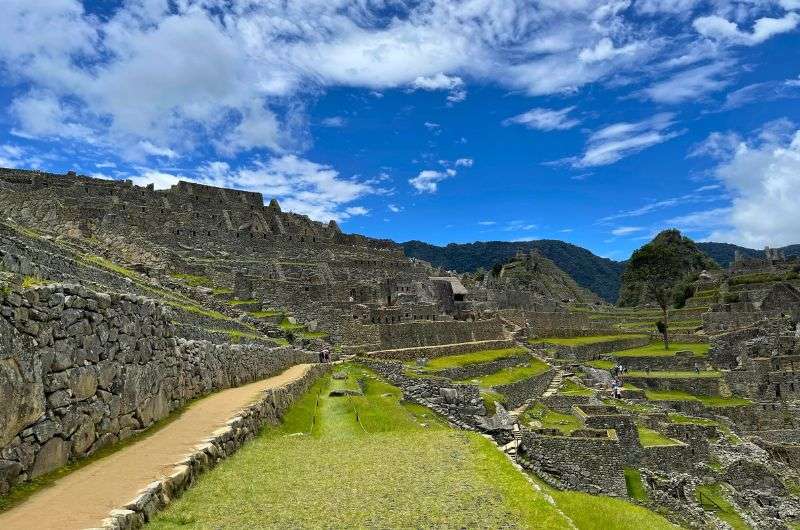
Machu Picchu ruins
1. Machu Picchu weather overview
Even though Machu Picchu is at a relatively high altitude, the daytime temperatures are fairly steady around 20°C (68°F) throughout the year (watch out for freezing nights though!). But you’ll want to pay attention to the wet and dry seasons.
The best season to visit Machu Picchu: dry season
The wet season at Machu Picchu runs from November to March, with rain showers often popping up in the afternoons, while the dry season from April to October is when you’ll get clear skies but more crowds.
This being the edge of a rainforest, it still rains even in dry season, but your chances of a dry day are considerably higher. If you do get rain, it’ll probably be a short shower in the afternoon on one of the 3-5 days a month that it does rain (on average).
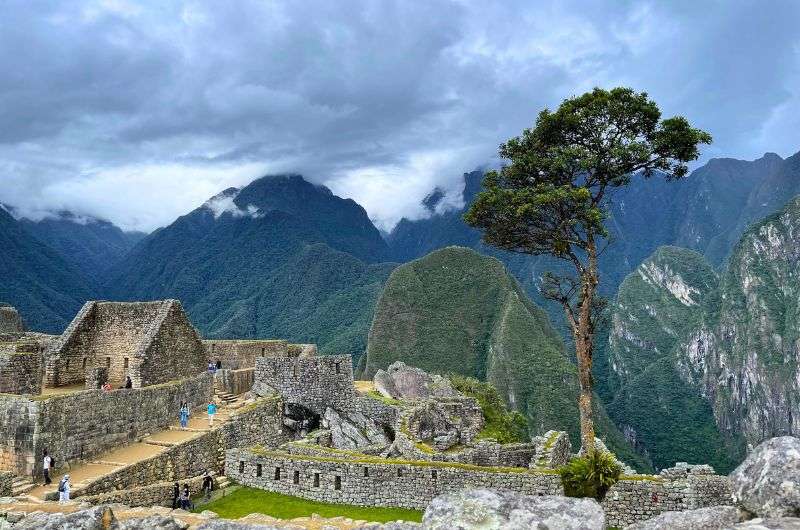
Choose dry season and possibly avoid the rain
Summer vs winter in Peru: Peru is in the southern hemisphere, making summer and winter all wonky for those of us coming from Europe and places like the US and Canada. Summer is December through February and coincides with wet season and winter is June to August and is in the middle of dry season.
Daytime vs. nighttime temperatures at Machu Picchu
Daytime temperatures at Machu Picchu are steady around 20°C (68°F) year-round.
During the summer, humidity is at its highest at 90% and temperatures can climb up to 26°C (79°F) during the day. Most of the time though, they hover slightly lower, making a visit comfortable. At night, you’re looking at an average of 10°C (50°F).
The coldest month is July with an average daytime temperature of 18°C (65°F). Most importantly, in the dry season, nighttime temperatures can drop to 0°C (32°F). So yeah, even though it’s Machu Picchu, not the Arctic, a good jacket might save you from turning into an Inca popsicle.
Tip: It’s called winter, but you’re still at a high altitude and with clear skies: take and use SPF protection!
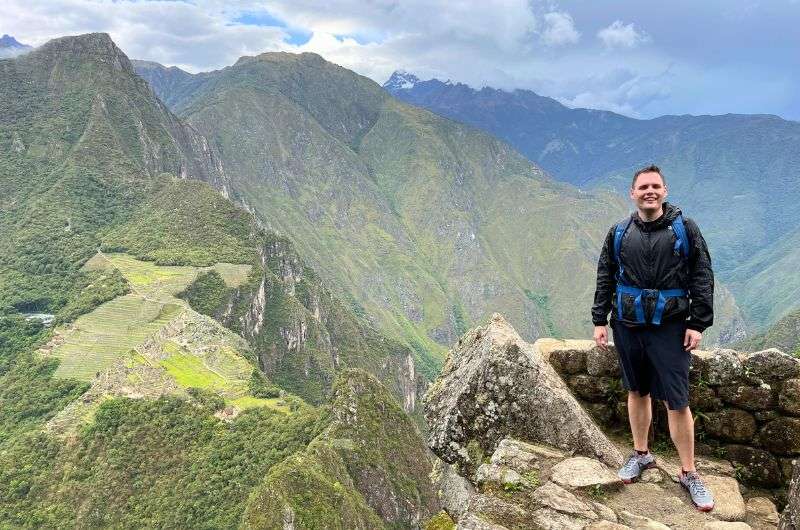
SPF is a must at this altitude! Even on cloudy days
2. The best months to visit Machu Picchu
Dry season (April–October)
- April and May: Possibly the best time to visit Machu Picchu. It’s just after the rainy season, so everything is lush and green, but you’ll avoid the crazy crowds of peak season.
- June to August: This is high season at Machu Picchu, coinciding with school holidays. The weather is great—mostly dry—but the site is packed. Be prepared to book your Machu Picchu tickets months in advance.
- September and October: As the dry season winds down, you’ll still have less rain, and the crowds will start thinning out. If you’re looking for the sweet spot with decent weather and fewer people, early October is a solid choice.
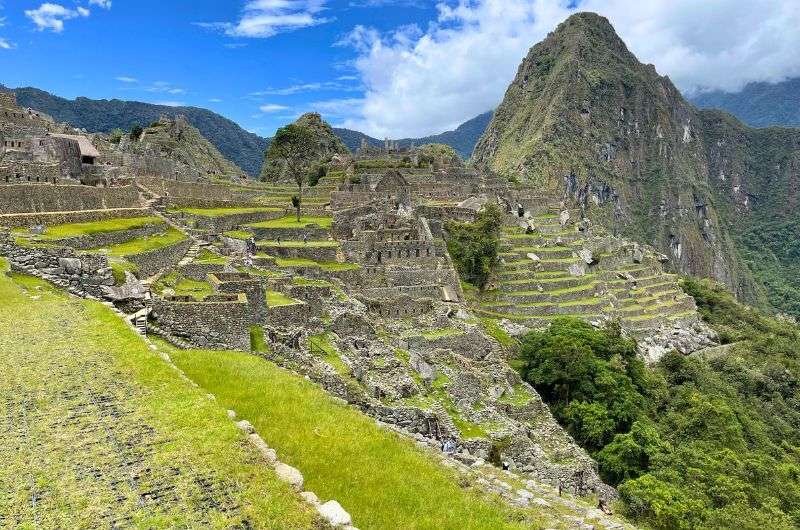
Go for the dry season months
Wet season (November–March)
The wet season is perfect for those who prefer fewer tourists and don’t mind a little rain. You’ll have less competition for bus seats and more flexibility in accommodation choices (and better prices).
- The rain comes mostly in the afternoons and usually is of the shorter variety, but there are no guarantees. You could end up going on that one day where it rains nonstop. There are an average of 15 rainy days per month in the summer.
- We visited in January and were lucky to get only one burst of rain during our wandering around Machu Picchu. That said, that little shower managed to get us completely wet, so don’t underestimate what you wear.
- You can expect less tourists and cheaper prices in hotels in the summer months, but also possible delays in transportation due to the changing weather and an overall more frustrating experience if you’re made out of sugar and hate getting wet.
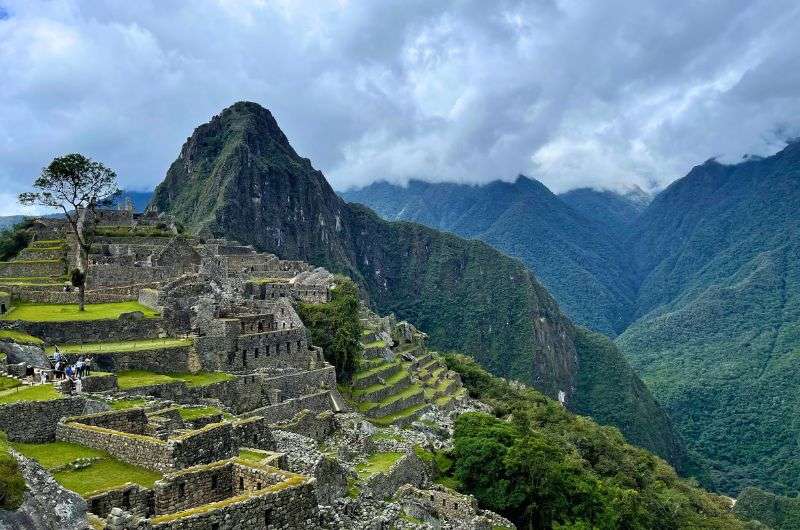
Wet season—we had one big downpour, but otherwise the weather was fantastic
When’s the worst time to visit Machu Picchu?
February is the worst month to travel to Machu Picchu because you’ll likely experience the heaviest rains of the year. Also note, for those who care, that the Inca Trail is closed every February as well.
3. Machu Picchu crowds: High and low seasons
When is Machu Picchu busiest?
The busiest time at Machu Picchu is during the dry season, from June to August, with July being the most crowded. During these months, peak season tickets sell out fast, so if you plan on traveling during this time, buy your Machu Picchu tickets up to 6 months in advance.
In 2024, the Peruvian government increased the daily limit to 5,600 visitors, up from 4,044, to help manage the heavy tourist demand during June, July and August. They’re speculating increasing this limit even further, which would bring 2,400 people to Machu Picchu at any given time. I can feel all the introverts planning their trip for February as we speak, haha!
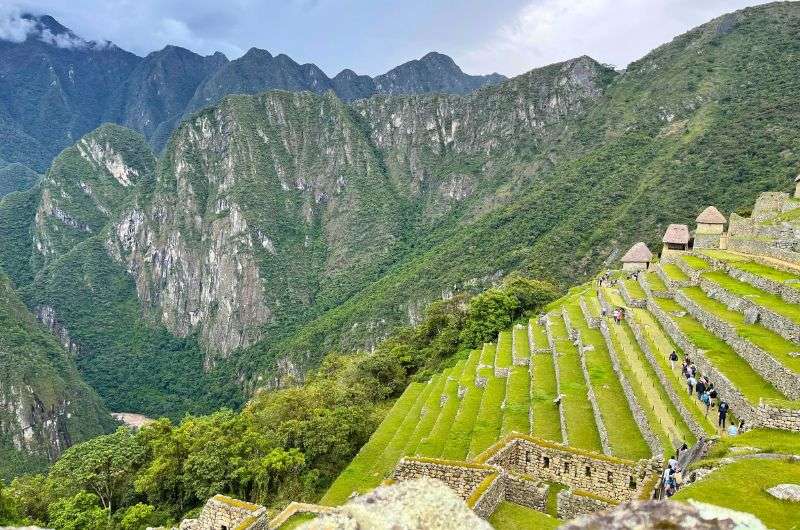
People from all over the world travel to Peru to visit Machu Picchu
More on tickets below and in my full Machu Picchu Guide.
Visiting during low season
If you’re not opposed to a little rain and would kill to enjoy a bit of peace and quiet, visit during the wet season. Fewer tourists mean more room to breathe, cheaper accommodation, and the chance to enjoy Machu Picchu without the extra body count of summer’s increased daily ticket limits.
What you need to remember is that even in low season, tickets still sell out almost daily, just not that far in advance. It’s never really low season at Machu Picchu when you’d get the Inca site to yourself, it’s just easier for those that want to visit last minute, which isn’t possible during the peak season.
4. Best time of day to visit Machu Picchu for best weather and least crowds
With the new 2024 ticket system, tickets are sold in hourly time slots, which means there’s a steady influx of visitors entering Machu Picchu throughout the day. But by late afternoon, not only have many visitors left, but no new waves are entering. This creates a more peaceful experience if you prefer exploring without the typical crowds.
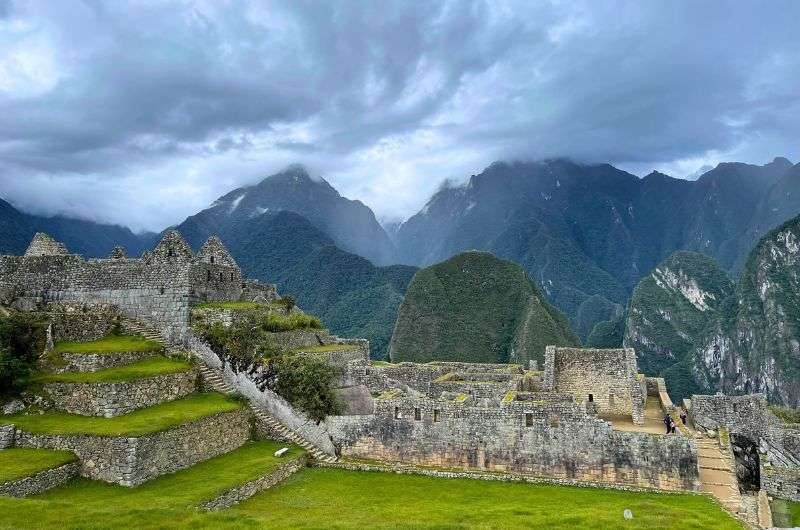
I recommend visiting Machu Picchu in the late afternoon
Machu Picchu opening hours 2024
- Machu Picchu is open daily 6 am–5:30 pm
- Tickets are sold in hourly time slots starting with 6 am–7 am, with the last entry slot being 3 pm–4pm, and grant you 4 hours at Machu Picchu.
- Hike circuits are only available in the mornings.
In 2024, daily visitor numbers are capped at 5,600/4,400 people (high/low season), but with staggered hourly entry slots, only a portion of this total is at the site at any given time, making it feel less congested in the afternoon.
Here’s how the flow of visitors works: By late afternoon, the crowds at Machu Picchu start to thin out significantly. This is largely because most visitors who arrived early for the sunrise, or in the morning time slots, begin to leave after they’ve completed their am tours or hikes, such as Huayna Picchu or Machu Picchu Mountain. Once these people finish, most usually head back down to Aguas Calientes or onward to other destinations.
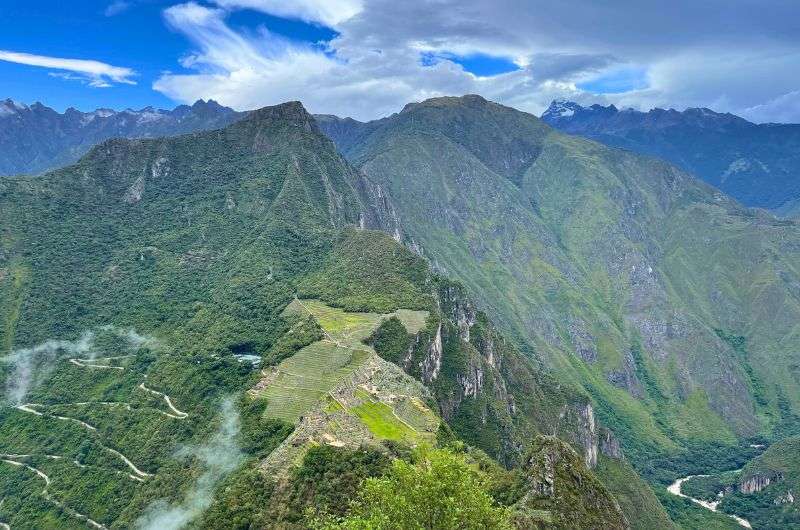
Machu Picchu views
Planning for a mountain hike + Inca city exploration
Important! Keep in mind that despite it sounding like you have to go to Machu Picchu in the afternoon, the mountain hikes are only available in morning slots. If your schedule allows and you're up for it, I recommend purchasing two time slots—one for the morning to do the hikes and another for the afternoon to enjoy Machu Picchu at a more relaxed pace. That’s what I’d do, anyway.
Weather considerations: Do you prefer fog or rain?
One other thing to keep in mind when choosing the best time for you: mornings often bring fog and clouds, especially during the wet season. On the flip side, afternoons can bring rain showers, which are more frequent during the wet season. Choose your slot carefully!
Is sunrise a good time to visit Machu Picchu? (6 am)
Some people think the best time to go to Machu Picchu is at sunrise, but ask yourself: do you really want to stand on a sidewalk in the middle of the night for a sunrise that has a high chance of being blocked by fog? For me, that was a big NO.
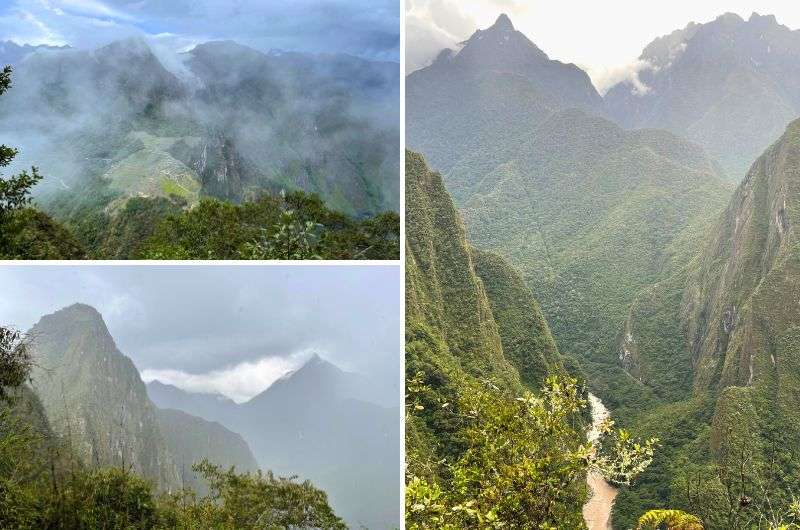
If you like these types of views, then go ahead and visit Machu Picchu in the early morning...but don’t say I didn’t warn ya about the fog!
The thing is, huge numbers of tourists hope to get there at opening time at 6 am. If you’re on the first buses up the mountain, you will be one of the lucky few dozens that get Machu Picchu all to themselves (for about 10 minutes before the next buses get there). BUT bus tickets are not time stamped and work on a first come first serve basis, so to be the first one in the ancient city you have to wake up in the middle of the night and line up at 4:30 am at the very latest to have a chance to fit into the first buses up the mountain.
The mornings at Machu Picchu, especially during the wet season, can be incredibly misty, so catching that first ray of light hitting the citadel may be more about luck than planning. I weighed my options and passed. I got my beauty sleep, got out of bed at a decent hour, and was still blown away by Machu Picchu and the extra steep hike to Huayna Picchu that I went on.
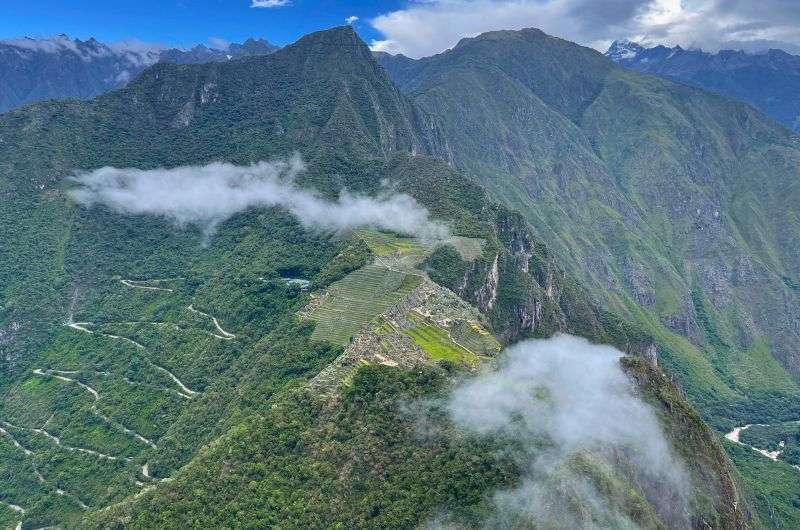
Get a good night's sleep before heading to Machu Picchu. You won't miss a thing by visiting after sunrise!
Afternoon visits: The best hour to visit Machu Picchu is 2 pm
Afternoon is when you can really experience Machu Picchu with fewer crowds. By 2 pm, the morning visitors, including the sunrise people and hikers, are gone, and if you’re lucky, you might catch some clear skies in the late afternoon. It’s also a great time for photos since the lighting gets softer, making everything look even more magical.
Remember that Machu Picchu closes at 5:30 pm, so if you want to use your time to the fullest, you’ll want to choose the 2 pm time slot at the latest. You get a 4-hour time limit with most tickets (hikes are shorter).
Rain is something to worry about if you want to avoid it, since it mostly comes in the afternoons. If you aren’t visiting in rainy season though, you’ll very likely be blessed with clear skies, something the foggy mornings can lack.
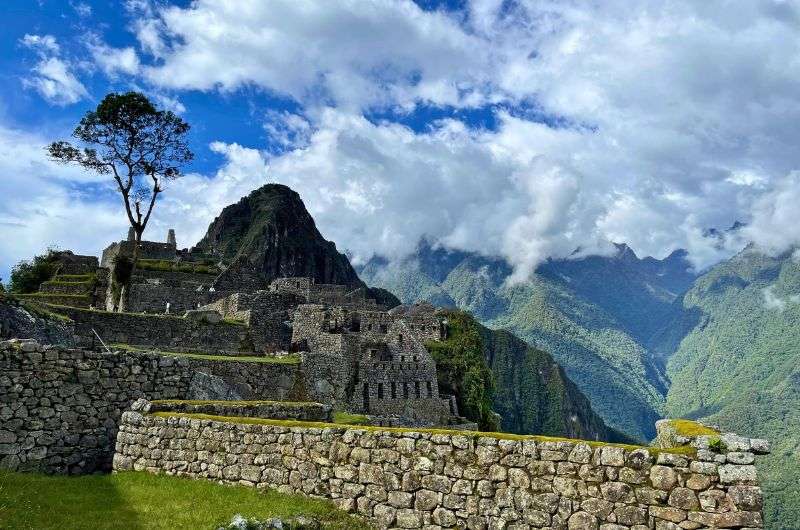
Inca ruins in the Machu Picchu complex
Can I see the sunset at Machu Picchu?
In the wintertime, the sun sets at around 5:30 pm, which is also the official closing time at Machu Picchu, and it could be the perfect few minutes to catch the sunset. Just think, you could spend those colorful, magical minutes before the sun goes down at the ancient Inca city!
The guards at Machu Picchu are also known to be a little more lax with the allotted time for your visit if you’re one of the last of the bunch at the top. They won’t be ushering you out 15 minutes before closing time, instead letting you enjoy Machu Picchu a little bit more.
5. Rain: What to expect in each season
Rainy season (November-March)
The rainy season brings afternoon showers almost daily from November to March, peaking in February. However, the rain bursts are usually short, so with the right rain gear, you’ll be fine. Remember, in this part of the world, a little drizzle might just add to the adventure. Just make sure your shoes are up for the task, or you might find yourself sliding down ancient Incan steps.
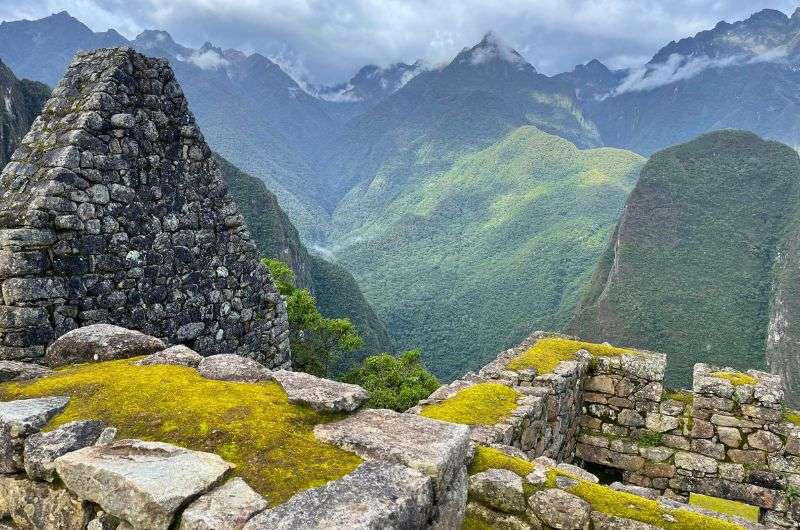
Bring waterproof shoes with non-slip soles
Dry season (April-October)
The dry season is, well, drier, but don’t be shocked if a random rain shower still sneaks in, especially in the afternoons. Always bring rain gear just in case—it’s the Andes, after all. But for the most part, you’ll be treated to clear skies and pleasant temperatures.
6. Other planning considerations: Where else in Peru are you going?
One thing to consider when deciding on the best time to visit Machu Picchu is where else are you going on your Peru trip? For example, if you’re touring Paracas National Park and hopping on a boat tour of Islas Ballestas, know that Machu Picchu’s low season is the high season there.
If you want to beat the crowds at both destinations, choose a shoulder month like May or October. But if you want to see the most sea lions on Islas Ballestas, you’ll need to brave the droves of tourists at Machu Picchu, since they (the sea lions) come out in the highest numbers in the winter, as do the tourists at Machu Picchu.
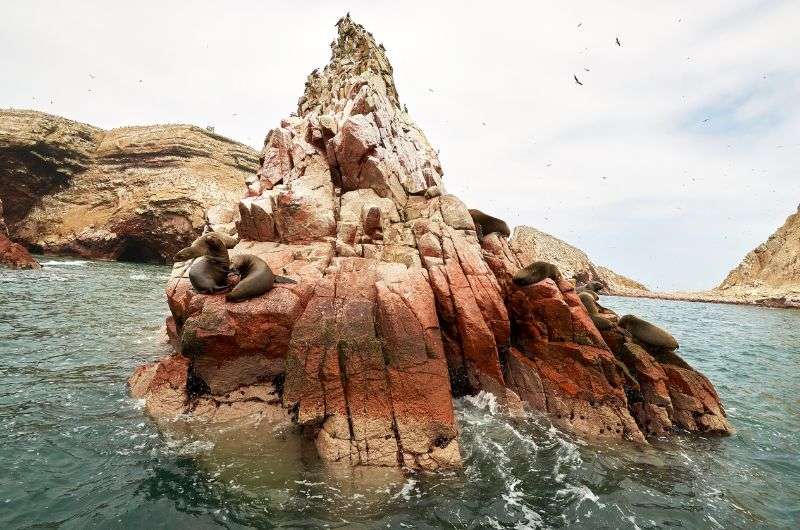
Sea lions can be seen on Islas Ballestas in the wintertime
Then again, if you’re hoping for a chance to actually swim at any of Peru’s beaches, the summer is the only time you’ll be able to do that unless you are a local or come from Canada. The waters are f-f-freezing most of the year!
7. Machu Picchu tickets system explained
The latest update to the Machu Picchu ticket system came into effect on June 1, 2024. This update introduced 3 main circuits with a total of 10 sub-routes to better manage visitor flow and protect the site.
The number of tickets is limited and sold in hourly entry slots, each giving you 4 hours to explore the ruins on your selected route. If you want to hike Huayna Picchu or Machu Picchu Mountain, you'll need separate ticket and can only go in the mornings. These treks are limited to 200 people a day, so they’re a hot commodity.
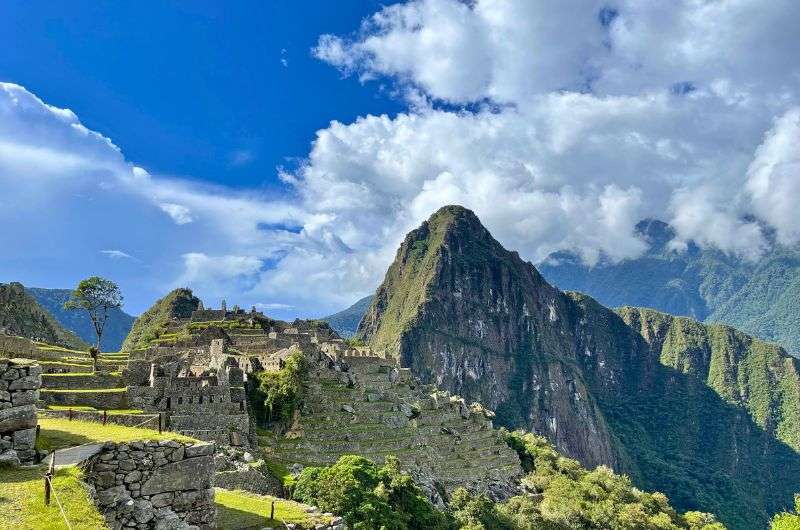
Remember, no re-entry to Machu Picchu!
Remember, re-entry is not allowed, so don’t leave your llama selfies for later! Tickets sell out fast, especially in peak season (June-August), so book months in advance unless you enjoy last-minute panic.
Yes, it sound kind of like an ancient Inca puzzle, but don’t worry—this one doesn’t require deciphering mysterious stones! Along with the last ticket system update, there is now also a pretty solid official website where you can make your ticket purchase.
For all the juicy details on how to score the perfect ticket and avoid rookie mistakes, along with information on how to get to Machu Picchu, check out my full Machu Picchu guide:

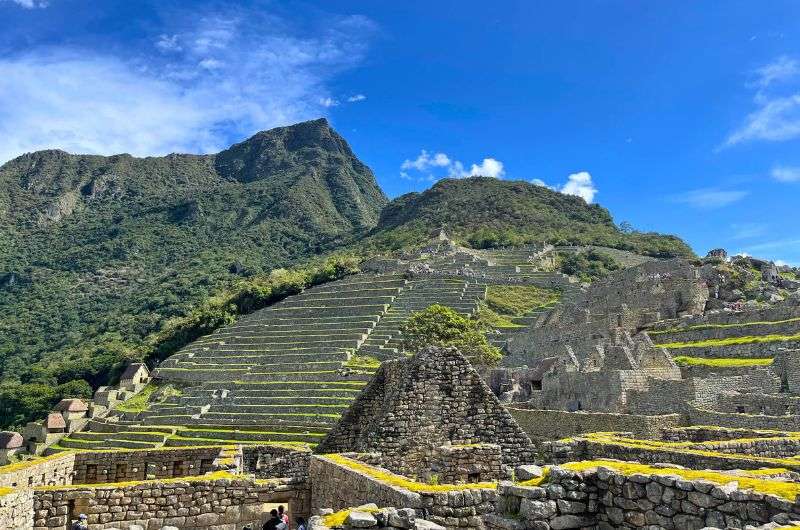
Machu Picchu
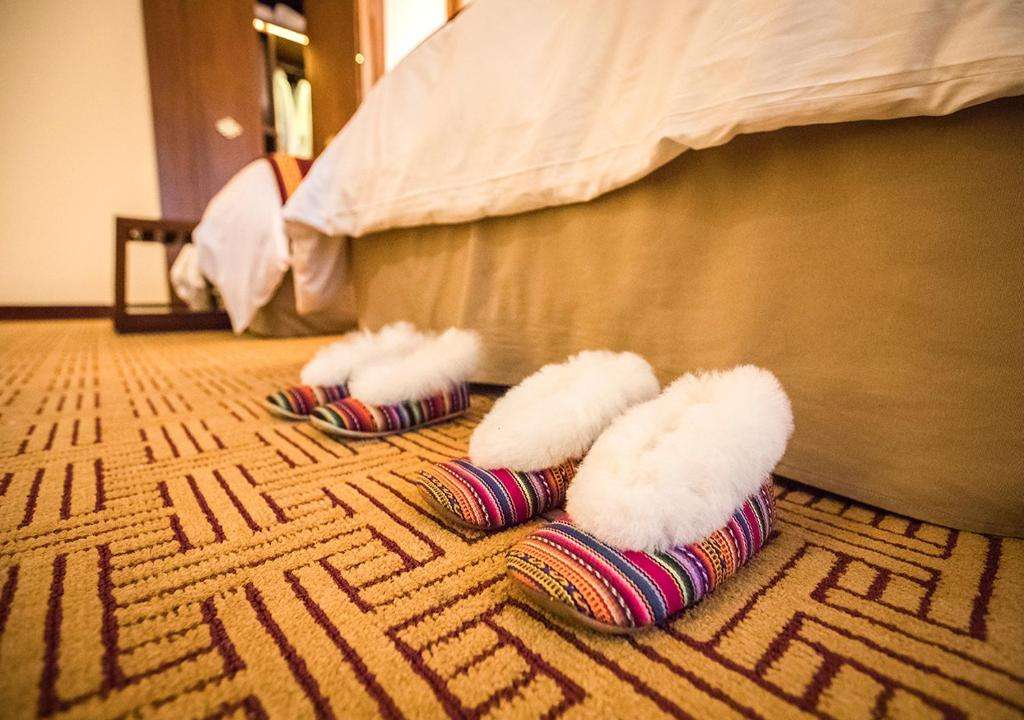
FAQ 1: How many days do you need for Machu Picchu?
You need one full day for Machu Picchu, but two days give you more flexibility. Remember to take transportation into consideration, because there is a train journey and a bus trip involved in getting to Machu Picchu. See my Machu Picchu guide for the details on logistics.
If you're also doing a mountain hike like Huayna Picchu, a second day might be helpful to explore the Inca ruins without rushing. You will need to purchase two tickets to see both. Plus, if you get unlucky with the weather, you’ll have a backup day!
FAQ 2: Can you do Machu Picchu in November?
Yes, you can absolutely visit Machu Picchu in November! Just be ready for some rain—and by “some,” I mean bring a poncho or prepare to get drenched. Machu Picchu is open year-round, even in the wet season from November to February. I went in January and had an unforgettable visit!
FAQ 3: How cold is Machu Picchu in September?
In September, Machu Picchu isn’t too cold—daytime temperatures hover around 20°C (68°F), but at night it can drop to around 10°C (50°F). So, pack layers to avoid turning into a shivering mess by evening.
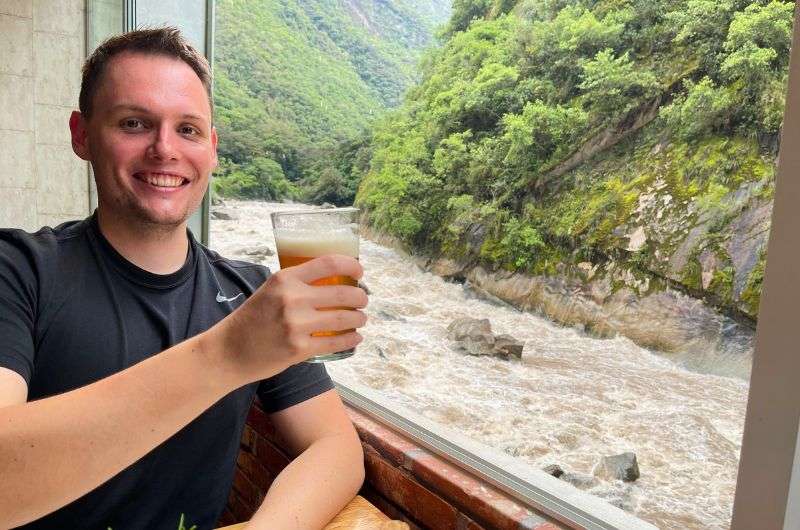
Stay in Aguas Calientes for the night, the scenery is awesome, and so are the restaurants
FAQ 4: Do I need oxygen for Machu Picchu?
No, you don’t need oxygen for Machu Picchu itself (2,430m/7,970ft), but Cusco is much higher at 3,400m (11,150ft) and might leave you feeling a little breathless. If altitude hits you hard, take it easy and consider spending time in the Sacred Valley first. Here’s a handy link to my full guides on Cusco and the Sacred Valley!


Sometimes, all you need to do is take the first step... I've filtered out the best hotels in Machu Picchu for you
Save it for yourself to come back to later, or share with your friends on social media!
I've already planned your ititnerary for the trip, complete with my travel tips.
You might also be interested in reading:
- The Best 3-Day Cusco Itinerary with Sacred Valley Day Trip
- A 2-Week Peru Itinerary: A Day-By-Day Trip Plan
- Top 14 Handpicked Luxury Hotels in Peru (With Prices)
- The 10 Best Ruins to Visit in Peru
- Top 9 Places to See in Sacred Valley
This post contains affiliate links. I earn a small commission if you make bookings through my links, at no additional cost to you. Thank you for your support!






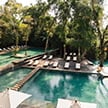

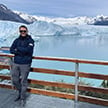

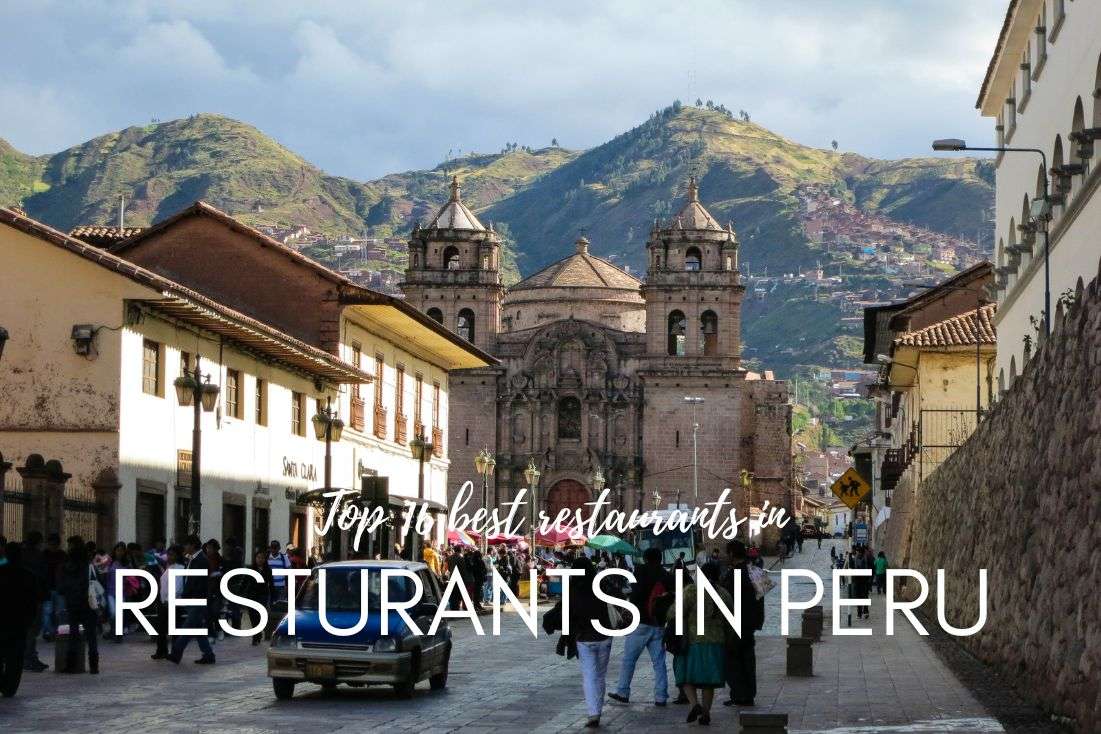
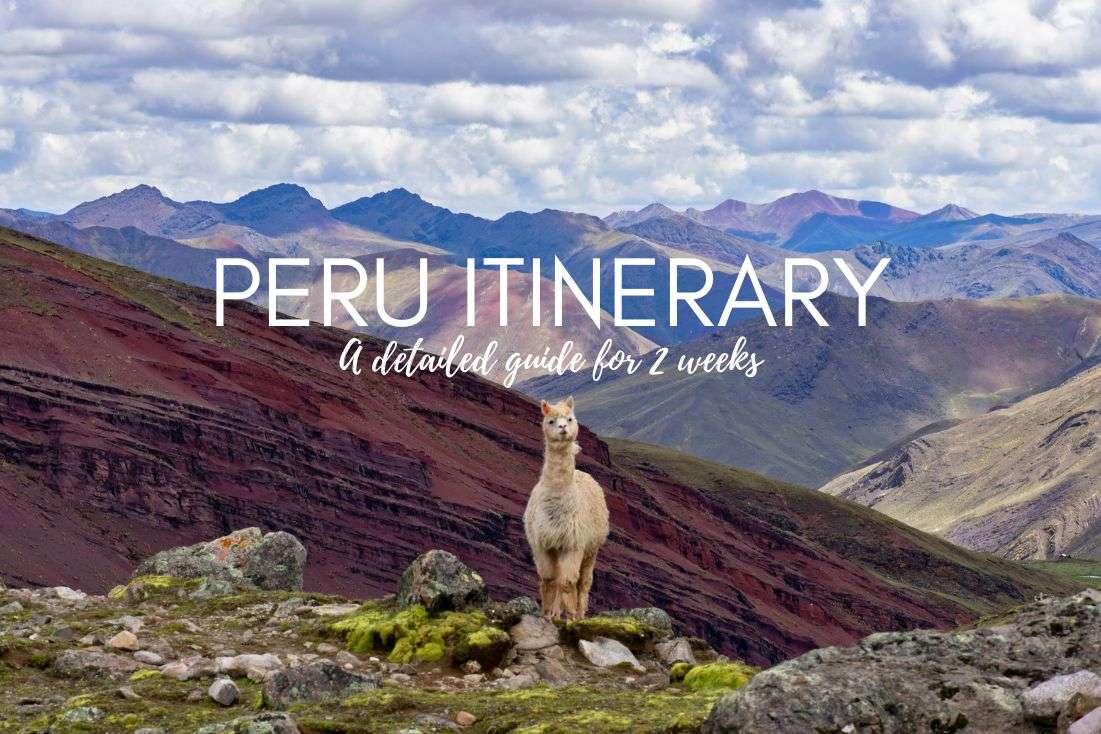




Comments | Thoughts? Give us a shout!